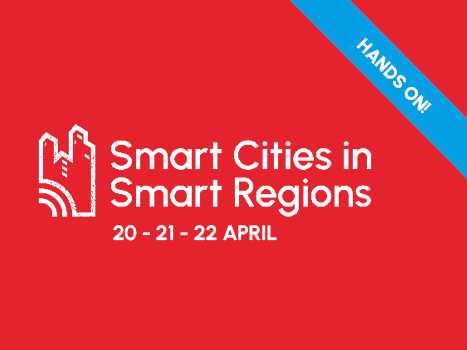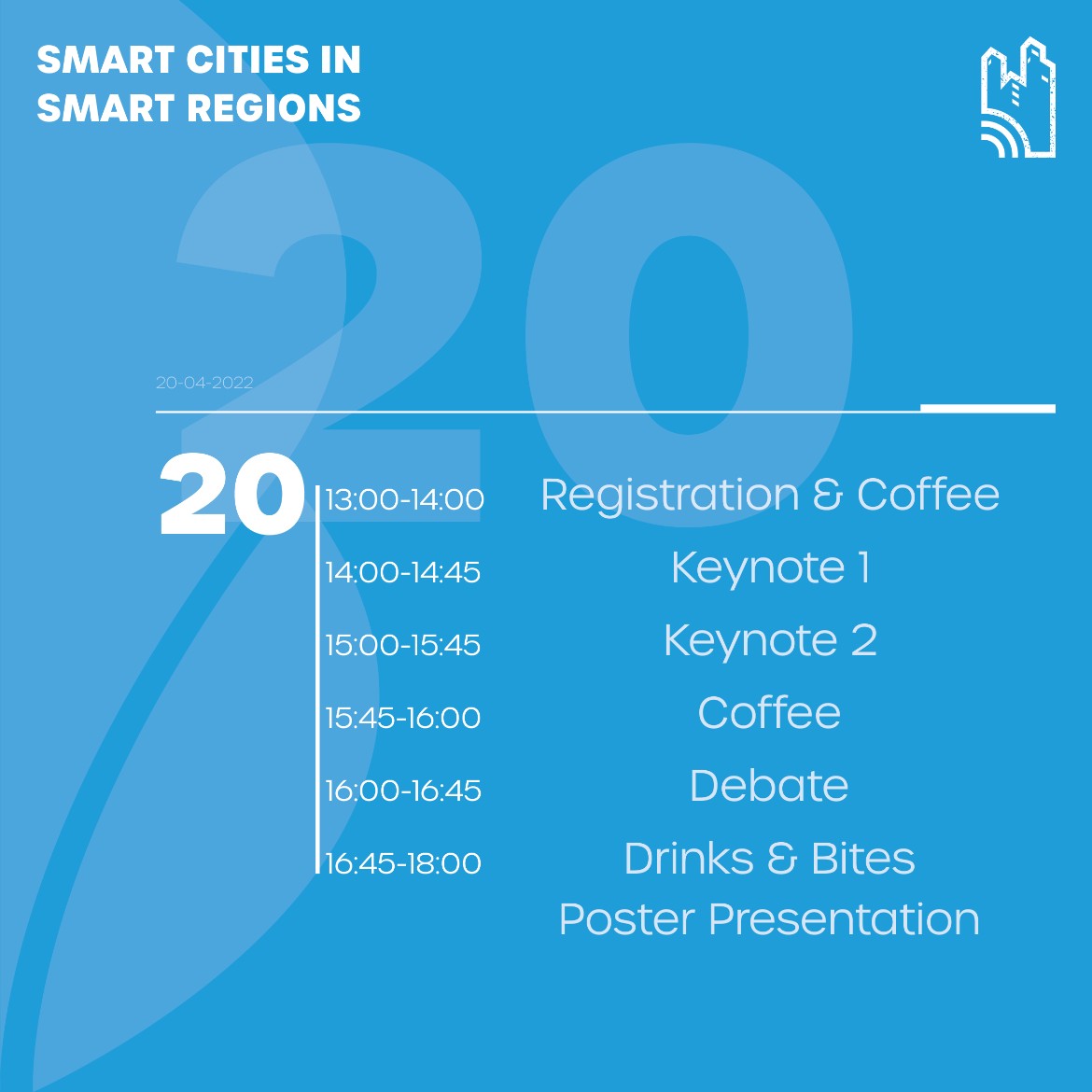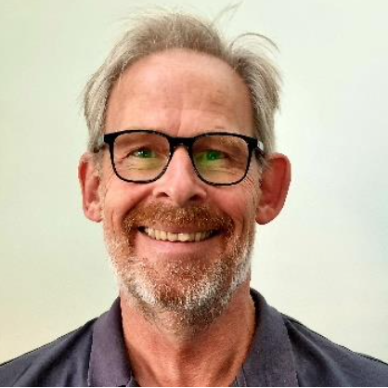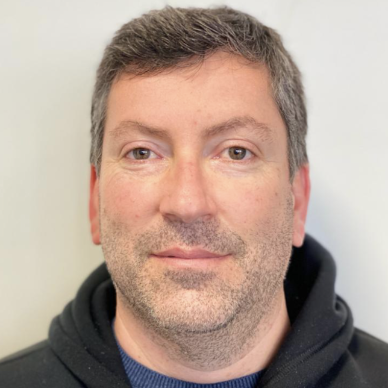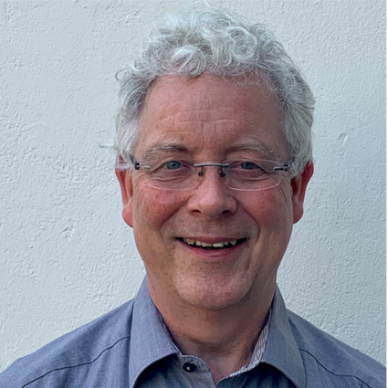13.00 - 14.00 Registration and coffee
14.00 - 14.45 Keynote 1: Arie Voorburg
The transitional moment (UM)
Cities are confronted with increasing globalization, trespassing geobiophysical boundaries and the importance of innovation, economic transition, rewriting the social contract and dynamic design.
The anticipated global population of more than 9.7 billion by 2050 poses daunting challenges from providing sufficient energy, food, and water, as well as health care more accurately and at lower cost, to trespassing bio-geophysical boundaries. The complex interactions between economic, social and technological dynamics are volatile and nonlinear, which makes a city system complex and unpredictable. As the fastness of modern life in metropolitan areas creates the definite standards for vital space, one of the most important criteria of urban quality is its functionality and the ability to anticipate and prepare for changes and potential threats.
PART 1, THE STATE WE ARE IN; WELCOME IN THE ANTHROPOCENE
Urban areas / cities are in principle extremely effective and efficient systems as a representation of GNP. At the same time, however, they are also the main cause of biophysical strain (a number of tipping points have already been exceeded) of the global ecosystem, and global, national and regional eco and circulation systems are under pressure. Migration patterns are changing, energy, food and water are valuable scarce goods, and technological developments are accelerating. A number of uncertain factors play a role in this, such as an unstable economy, social processes of exclusion, geopolitical structures on the move, changing demographics and resource scarcity.
But these aspects are also potential opportunities and development perspectives; especially if we involve nearby developments.
PART 2, THE OPPORTUNITIES/POSSIBLE FACES OF CHANGE
Value for development bio-geophysical composition and processes
TECHNOLOGY. The rapid development of so-called NBIC technologies – nanotechnology, biotechnology, information technology and cognitive science – are giving rise to possibilities that have long been the domain of science fiction. The era of intelligent machines holds much promise. The future could be one of stronger and more inclusive growth or ... a dystopian -but preventable- future.
Arie Voorburg, working at Arcadis Europe Innovation & Business Development and (guest) lectures at several universities. Traveled and gained life experience as an officer in the (merchant) navy. Once ashore, he immersed himself in studies of system ecology (co-evolutionary complex systems, quantum biology), biophysics and philosophy and became fascinated by the urban phenomenon; the city in all its facets. Arie has been active for 30 years in the fields of ecology, biodiversity, sustainable development and complex –urban- systems.
15.00 - 15.45 Keynote 2: Jordi Linares
New interaction technologies based on AR and AI and their role in a smart city
The fundamental objective of the technologies and services of a smart city is to offer its citizens new services and possibilities never before available. The collection of large volumes of information, its processing, and the use of the new possibilities of artificial intelligence (AI) techniques, allow improving the resources and services management of the city. Additionally, these new possibilities put new tools in the citizen's hands that can significantly improve their life in the city.
One of the technologies that, together with AI, that can be equally disruptive is augmented reality (AR).
AR potentially provides citizens with new senses. New synthetic elements that, superimposed on what their own senses capture from the environment of their city, can provide citizens with a new vision and perception of their city, its services, and their way of interacting with them. This is totally possible today with mobile devices and it will be improved in short with a new range of specific devices (such as smart glasses).
If these possibilities are interesting for each and every one of the citizens, they are even more for those of greater age or functional diversity. In these cases, the information perceived by wearable sensors or by other sensors in the city's own infrastructure can, after being properly processed by AI models (machine and deep learning), offer additional vital information for the total independence of these citizens and their interaction and life in the city environment.
The role of a careful design of AI models, based on the latest possibilities of deep learning, is essential so that the great information captured is converted into elements with meaning. Information from sensors and other sources must be processed to extract meaning, in what we call a semantic layer. This semantic layer, based on AI, can extract relevant information based on the user's profile and its possible functional diversity, and being offered in the most convenient way, either visually using traditional AR, or through natural language using the latest NLP techniques.
In the keynote, the current state of the art of these technologies will be detailed and the importance of the latest techniques in AI, AR, and the great synergy produced in their combination in the context of a smart city will be highlighted. And, especially, advantages of the proposed solution will be focused as an element that allows a greater degree of independence of any type of citizen, and allowing a new unprecedented way of living in a more and more complex city, no matter the citizen’s profile.
Jordi is:
BSc. MSc. in Computer Science (Universitat Politècnica de València) PhD. in Computer Science (Universitat Politècnica de València)
MSc. in Free Software (Universitat Oberta de Catalunya)
MSc. in Artificial Intelligence (Universidad Internacional de la Rioja)
Leader of the research group VertexLit focused on Human-Centered AI, and Human-Computer Interaction (VR/AR/XR), that belongs to the Valencian Research Institute for Artificial Intelligence VRAIN
Associate Professor in Universitat Politècnica de València Campus of Alcoi, where his main research and teaching activity is focused on interactive technologies, VR/AR and Artificial Intelligence.
Debate (16:00 -16:45)
16.00 - 16.45 Debate with Steven van der Minne
Steven van der Minne will create a knowledge agenda, starting on day 1, collecting your ideas for new research topics and recent developments. Since sustainability is an important issue, I will introduce this with a debate (with Peter Bakker), with an urgent plea for sustainability measures and a critical opposer. During the conference on day 2 we will collect your ideas. On day 3 we will proceed with the results in a constructive dialogue (with Astrid van Erk) on importance and priorities. The consensus will be sent to the participants after the conference.
In the parallel programme on day 2, I will introduce a collaboration game with SDGs, both for new students and for current students who consider a change of direction. The students play to optimise their talents and skills within a common set of values, and to become get their role as a new world sustainability council member. The students share their experiences with the game with the conference participants.
About Steven:
My name is Steven van der Minne. I am a teacher in occupational health and safety at Avans University of Applied Sciences. I conduct research in the field of social safety and security within the Avans Safety Centre of Expertise. I mostly value the synergy between students, teachers and the working environment, while innovating our education with an appeal to the students’ inner drives and creative power. I have developed a number of playshops related to safety, security, sustainability (SDGs), burnout prevention, and positive neuro-diversity. In my free time, I am writing stories, poems, and songs. I create events for personal and creative development and I enjoy long walks in nature, on my own or with people who seek my company.
16.45 - 18.30 Poster presentations with drinks & bits

16.45 - 18.30 Posters sessions
Theme: Active citizenship & Smart city infrastructure
Javad Keypour
Smart Grids: A Technical Solution or a Legal Challenge for Carbon Abatement in EU Energy Sector?
The legal challenges of energy sector digitalisation and smart grids development have been discussed. It shows data security, customers' privacy, competition law and cross-border energy transmission infrastructure should be resolved by the EU to achieve the energy digitalisation targets.
Taina Vuorela & Panu Jalas
Smart Is As Smart Does: Low Power Wide Area Networks for Orchestrated Co-Creation of Smart City Infrastructures
State-of-the-art wireless LPWAN technologies enable individual organisations or citizens to set up affordable ad hoc smart city infrastructures. The focus is especially on the motivational factors that either encourage or discourage individuals or businesses to co-create smart city solutions.
Anneli Auranen & Kaj Lindedahl & Pia-Tuulia Laine
Testing and developing recycling solutions with citizens
Metropolia UAS is carrying out a pilot where new recycling solutions for households are being tested by citizens. Feedback from the pilot is collected and the data is used to develop a recycling solution that serves the needs of different kinds of households. Better solutions will be found.
Rabeya Begum
A critical evaluation of different methods of urban climate mapping: A Case Study of Glasgow City
This paper creates urban climatic maps in GIS to visualize the spatial distribution of urban heat risk for Glasgow city and evaluates the risk synthesizing processes. This study demonstrates the influencing factors while identifying the priority intervention areas for sustainable urban planning.
Heidi Tuhkanen & Helen Poltimäe & Ilona Enyedi & Piret Kuldna
Residents` preferences on urban green infrastructure planning
Resident participation is seen as key to the planning of urban green infrastructure in order to account for resident perceptions at an early enough stage in the planning process. This paper explores the use of digital Participatory GIS (PGIS) for the planning of green infrastructure.
Theme: Design, Technology & Digitalization
Katariina Mäenpää
Design Road Map as a Tool for Regional Development
Design Road Map as a tool for regional development presents the co-creation process, shared focus themes, goals, actions and roles of regional actors to achieve the vision: Design promotes successfully resilient and sustainable Päijät-Häme generating significant business growth and societal benefis.
Jari Kuusisto
BIM and IFC through building life cycle
BIM and IFC can be powerful tools in construction and through building life cycle if used properly. It is important to assess beforehand the scope in which they are used or they can be costly and time consuming without real benefits. BIM and IFC can also be used in Smart Cities and Digital Twins.
Kristiina Brusila-Meltovaara & Olga Bogdanova
Digitalization in the tourism industry: a service design and co-creation case study
Digitalization has become increasingly important in order to attract millennials and other customers. Different types of models of attracting visitors were examined in this study. This study is an example of utilizing service design for creating new services in the tourism industry.
Anna Palokangas
The City as a Service
Presentation discusses the advantages of service design for the service development of public sector and there will be practical examples of service design and design thinking used in improving the services of a more business-friendly Design City Lahti.
Antti Heinonen
Accessible nature experiences – The future of virtual natural centers
The creation of virtual nature experiences using XR technology and digital communication has been studied to help understand and make use of the appropriate mechanisms to produce better and more immersive virtual nature experiences alongside traditional ones.
Theme: Circular Economy & Entrepreneurship
Alexandra Maksheeva
Case of international master students influencing local community development
Presentation of the results of successful cooperation between international urban sustainability master degree students (MUrCS) with local stakeholders helping in sustainable development of local communities.
Sanna Lindgren
Local sustainability acts in a built environment
The KOHISTEN-project has taken “think globally, act locally” — theme in earnest and the project has created grassroots information of the environmental impact of the life cycle of construction and housing.
